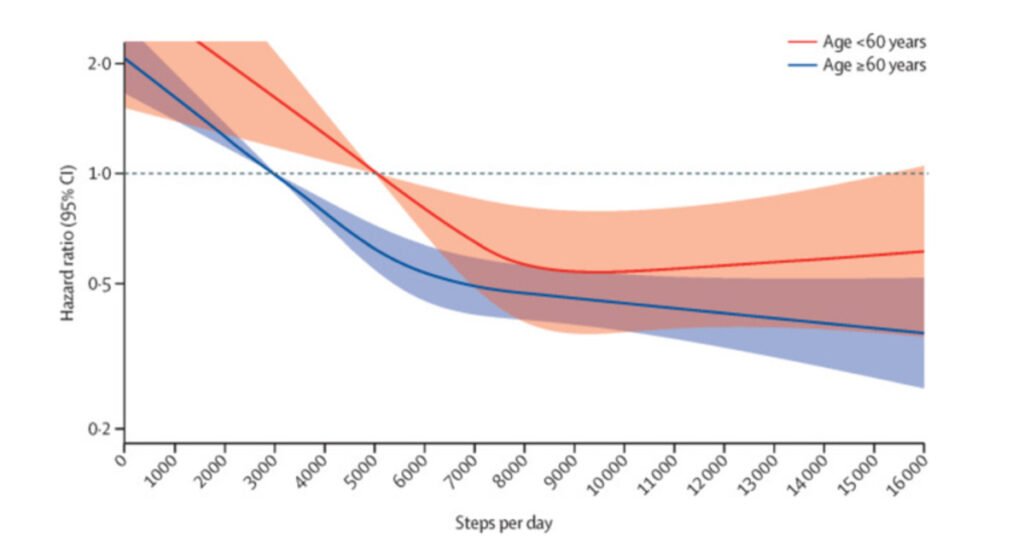- A simple WhatsApp call could drain your bank account — here’s how scammers do it - September 1, 2025
- This everyday drink accelerates aging — science explains why - August 31, 2025
- How to hide the “seen” checkmarks on your WhatsApp messages - August 30, 2025
For decades, fitness trackers and health campaigns have promoted 10,000 steps a day as the golden standard for good health. It’s become such a part of popular culture that many people treat it as gospel. But research shows this number wasn’t born from science at all — and the real optimal step count is lower than you think.
How the 10,000-step idea started
The origin story goes back to 1965, when a Japanese company launched a pedometer called the Manpo-Kei — literally “10,000-step meter.” Researchers believe the number was chosen partly because the Japanese character for 10,000 (万) resembles a person walking. The figure stuck, and over time it became a kind of urban legend.
Soon, manufacturers of fitness watches and activity trackers adopted it as the default daily target, giving the impression that science backed it. In reality, studies have since shown there’s no hard evidence that exactly 10,000 steps is the magic number for health.
What the research really says
A study published in JAMA found that the most significant health benefits occur at around 8,000 steps per day. Beyond that, the gains become modest — so walking far more each day doesn’t necessarily add much in terms of longevity or reduced disease risk.
A meta-analysis in The Lancet looked at 15 studies conducted between 1999 and 2018, covering over 47,000 adults. For people over 60, the optimal range was around 7,000 steps per day. Increasing from 3,000 to 7,000 daily steps cut the risk of mortality by 50%. But going all the way to 10,000 barely improved that figure.

The surprising twist for younger adults
For those under 60, the benefits increase significantly up to about 8,000 steps. But here’s the surprise: walking more than that may actually slightly increase mortality risk according to the same research. This doesn’t mean more walking is inherently bad, but it does suggest there’s a point where the marginal gains flatten — or even reverse.
What the WHO actually recommends
The World Health Organization doesn’t focus on step counts at all. Instead, it advises:
- Adults 18–64: 150–300 minutes of moderate aerobic activity per week, or 75–150 minutes of vigorous activity.
- Muscle-strengthening exercises: At least twice a week.
Interestingly, these recommendations remain almost the same for those over 64.
Walking is still one of the best things you can do
While the “10,000 steps” benchmark may be arbitrary, walking remains one of the most accessible and effective ways to boost physical and mental health. The real takeaway from the science? You don’t need to stress if you can’t hit that mythical number.
If you consistently reach 7,000–8,000 steps a day, you’re already in the zone where the health benefits peak. Anything beyond that is a bonus — but not a necessity.









